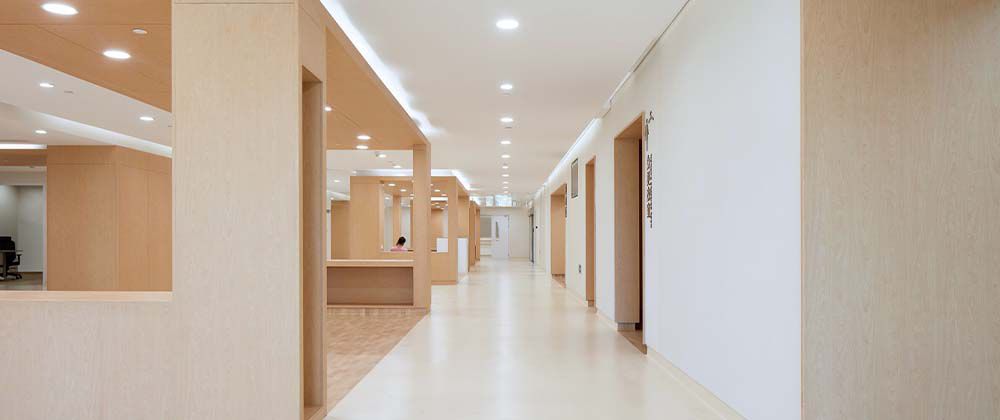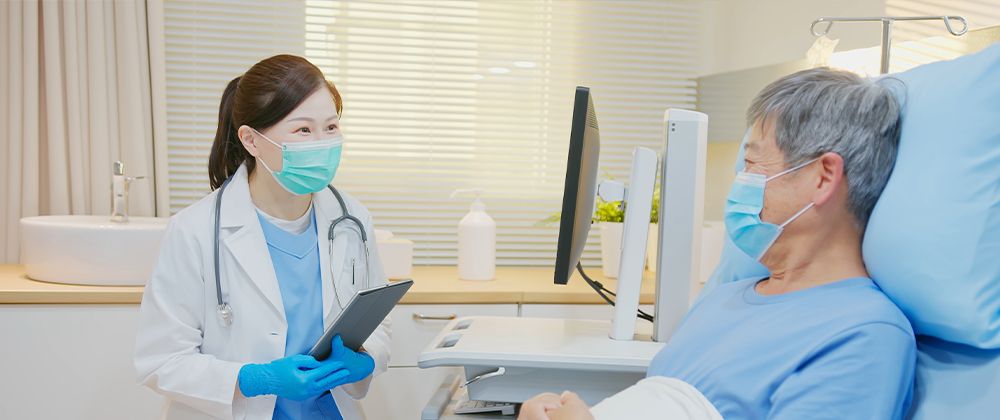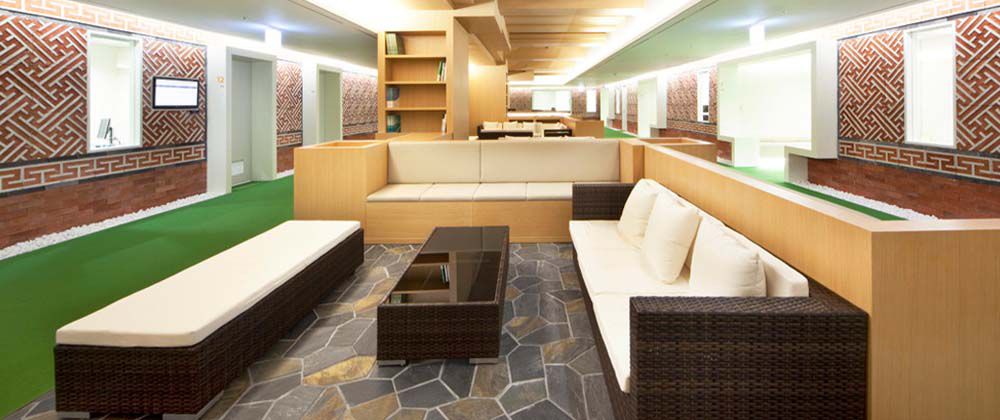Patient privacy vs visibility: How does hospital design balance the two?


Privacy is often taken for granted, but it is easy for patients to feel vulnerable in a healthcare environment where patients are constantly being monitored and observed. By showing your patients the human side of healthcare, you can increase positive patient experiences and build trust with your patients.
Drawing the line between patient privacy & visibility
Hospitals often find themselves wrestling between patient privacy and visibility. On the one hand, it is essential to place patients under close supervision so as to provide them with the best care possible. On the other hand, exposing patients to constant observation could mean that many aspects of their privacy are compromised unwittingly, including physical conditions, private conversations, or even financial details.
In some countries like America, patient privacy is protected under a law known as the Health Insurance Portability and Accountability Act (HIPAA), which penalizes healthcare institutions for disclosing sensitive information without the patient’s consent. Apart from law, more and more healthcare institutions turn to thoughtful architectural elements that uphold patient privacy and confidentiality ethics.
Privacy design ideas in healthcare
Privacy design covers every step of the patient’s healing journey, from the moment they enter the facility to the moment of discharge. For registration areas, designers should consider the best way to prevent the leak of information during check-ins, such as separating the registration and waiting area, erecting partitions at the counter, or even providing individual registration rooms.
Emergency rooms and staff working areas should follow a similar approach since they are often located along busy corridors. Privacy design features like adding glass partitions and privacy film to computer screens, creating enclosures for work-related discussions, and performing emergency treatments within secluded spaces instead of curtain separation could effectively safeguard patient privacy.
Acoustic-wise, incorporating sound-absorbing materials for walls, floors and ceilings, and even using white noise could help create a safe environment for patient interaction. This is especially important when it comes to telehealth. With remote healthcare consultations on the rise, it is crucial for healthcare institutions to provide a safe space where private conversations can take place confidentially without any disturbance.
Asian Hospitals with Privacy designs
In Asia, South Korea’s Kangbuk Samsung Hospital and China’s Xiamen Humanity Hospital are paradigms of healthcare institutions that adopt privacy designs.
Image of Kangbuk Samsung Hospital by Hyunjoon Yoo Architects via www.archdaily.com
South Korea’s Kangbuk Samsung Hospital
Conventional hospitals often give patients a feeling of unfriendliness with their windowless rooms. To avoid this, Kangbuk Samsung Hospital offers plenty of windows between rooms and the waiting area. This creates an illusion of spaciousness and allows patients to experience a sense of community. The windows are strategically placed higher than eye level to safeguard patients' privacy so that medical treatments are never in full view.

Image of Xiamen Humanity Hospital by Lemanarc SA via www.archdaily.com
China’s Xiamen Humanity Hospital
At Xiamen Humanity Hospital, semi-transparent glass is used as a design element of its emergency room. This choice of material creates openness and a sense of public service without compromising the privacy of the consultation room. Patients can rest assured that all conversations will be strictly protected in the consultation room. The semi-transparent glass windows also serve to facilitate internal communication between the medical staff during daily operations.
Questions and Answers
Q1: How is patient privacy ensured in healthcare design?
There are two main aspects to privacy designs: spatially, secluded areas and partitions at registration areas and staff working areas; acoustically, white noise and sound-absorbing surfaces.
Q2: Why is patient privacy so important?
Patient privacy is vital as it is directly related to the patient's trust. Building trust is crucial to the patient’s healing journey, and trust boosts the patient’s confidence and facilitates healing.



